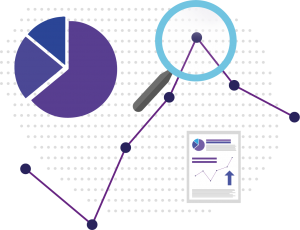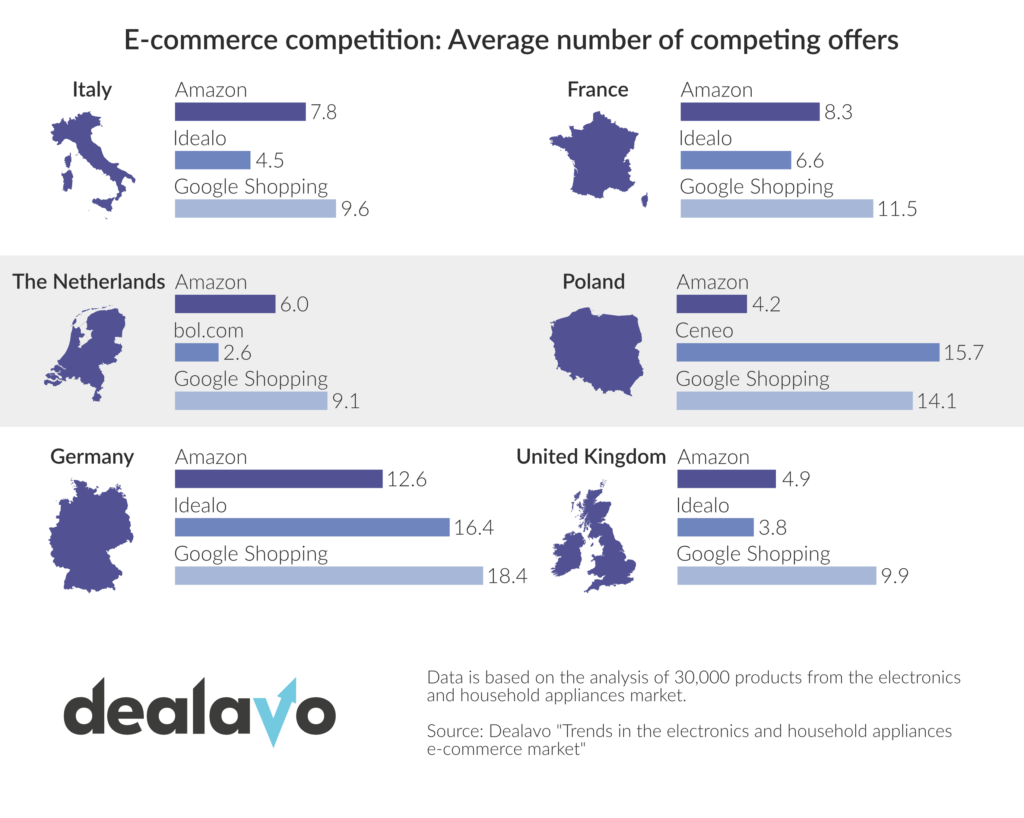
Price & cost escalation – definition, meaning, factors and effects
- 22 July 2021
When your business starts operating internationally, there is a whole set of new challenges and issues waiting for you. Price and cost escalation is one of the critical ones, as they directly affect the prices of your products and, thus, your business performance. In this article, we are going to take a closer look at price and cost escalation and see what they are all about. Even though these two are quite similar and interconnected, they don’t mean the same thing. You will discover price escalation definition and see what factors have the biggest influence on the final price of your product.
Domestic vs. export prices
Have you ever wondered why some products are far more expensive in other countries? Let’s consider a straightforward example: Levi’s jeans. In the United States, where they are made, you can purchase a pair for about 90 USD (many models are available at 60, and even 50 USD).

In France, though, they are imported goods, which means they are more expensive. A similar model in Levi’s French store is available for 109 EUR (128 USD):

A similar situation happens in almost every business and retail sector: From cars, through electronics, up to clothing. In many instances, these differences can be staggering. Let’s use yet another American icon: Ford Mustang. You can buy one in the US for 27,000 USD[1]. Not in Europe, though. For example, in Germany, you have to pay at least 49,000 EUR (around 58,000 USD) for the same Ford Mustang. Over twice as much!
That begs the question – where do these differences come from? Analyzing the competition can lead you to the answer.
As we show in our report “Trends in the electronics and household appliances market“, the number of retailers that sell the very same product can vary significantly between different countries and marketplaces. Usually, the bigger the competition, the bigger the pressure to decrease prices to stay competitive. That’s one of the reasons why prices As we can see on the infographic template below, the difference between different countries can vary by several times:

The other answer is price escalation. What do you need to know about this pricing phenomenon?
Price escalation definition
Simply put, you have to face price escalation when you deal with a situation where a specific product price goes up when it’s exported to foreign markets. So yes, price escalation is always related to cross-border sales. This situation never happens when you operate and sell products locally.
Several crucial factors can cause that increase in price:
- Currency differences
- Taxes and tariffs
- Shipping, distribution, and warehousing costs
- Additional regulations that have to be met
- And finally, changes in prices of semi-products and other resources necessary to sell products on the foreign markets (cost escalation)
One of the latest examples of price escalation is related to the entire European Union[2]. At the beginning of July 2021, the VAT exemption for small shipments was abolished. This new law affects primarily Chinese marketplaces such as Aliexpress but also other non-EU online stores.
Until recently, products offered outside of the EU for less than 22 EUR could be purchased without the VAT tax. At the beginning of July, all shipments going to the EU will be taxed with a standard tax rate. For individual customers, the price of items they purchase online outside the EU suddenly goes up at least 20%.
Obviously, this and many other changes on the international market affect all cross-border retail companies. And since they are not non-profit entities, they have to raise the final prices of their products accordingly. That’s price escalation. What about cost escalation?
Cost escalation
We talk about cost escalation when the cost of semi-products and other resources you need to build/produce/make your goods increases. Again, let’s use a simple example. If you make leather shoes and the cost of leather is growing (for instance, due to some recent cow disease), you have to face cost escalation. Suddenly, you have to pay more to purchase the same amount of leather. As a result, in order to stay in business and secure profits, you have to increase the final price of your shoes as well.
HOW TO DEAL WITH COST AND PRICE ESCALATION
Of course, there are ways to deal with this problem. For starters, you need a precise agreement.
COST ESCALATION CLAUSE EXAMPLE
When it comes to cost escalation, you need a specific clause that’s used to secure current prices (or open the possibility to change them) of the semi-products. Such a clause frequently allows parties to renegotiate the terms of the agreement if the cost goes up above a certain level. Such a clause could look like that:
“Pricing shall remain the same throughout the initial term of the Contract. The contractor may negotiate pricing for subsequent extension terms after the initial term. Contractor shall submit in writing any proposed increase in pricing at least sixty (60) days prior to the expiration of the Contract. The contractor must provide documentation in support of the request.”[3]
What else can you do?
PRICE ESCALATION REDUCED BY FREE-TRADE ZONES
That’s one of your best options when it comes to price escalation. These free-trade zones are areas within which goods can be stored, manufactured, remade, or re-exported[4]. In many instances, products can be exported from the zone free of duty and excise tax. You will have to pay the tax only when you want to sell these products in the country where the zone is located. Foreign-trade zones allow you to manufacture and store goods freely, thus reducing the overall cost of selling them.
Finally, do thorough research before you decide to enter a specific market. Different countries have different regulations, inflation rates, and a general situation. It can turn out that it simply won’t be profitable to offer your products in some of them.
Monitor prices with Dealavo
And speaking of profitability, we want to show you our MAP/MSRP tracking tool that allows brands and manufacturers all over the world to monitor the prices of their products across different online channels. With this insight, you can track potential violations and ensure the profitability of your business. Moreover, it is always vital to monitor your competition as well! Dealavo provides brands and online stores all over the world with solutions streamlining price monitoring.
[1] https://cars.usnews.com/cars-trucks/ford/mustang
[2] https://ec.europa.eu/taxation_customs/business/vat/vat-e-commerce_en
[3] https://www.lawinsider.com/clause/price-escalation
[4] https://www.britannica.com/topic/free-trade-zone